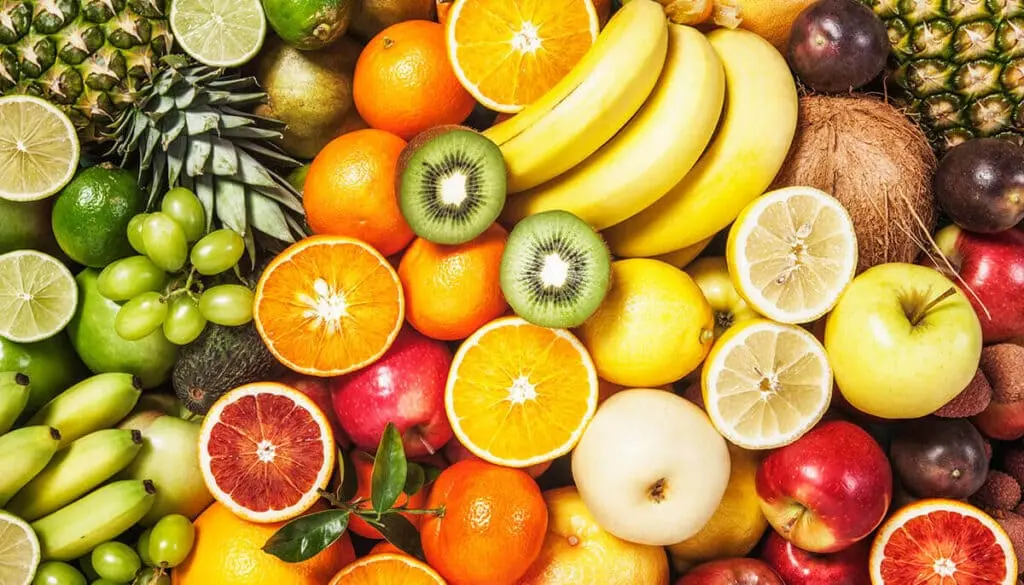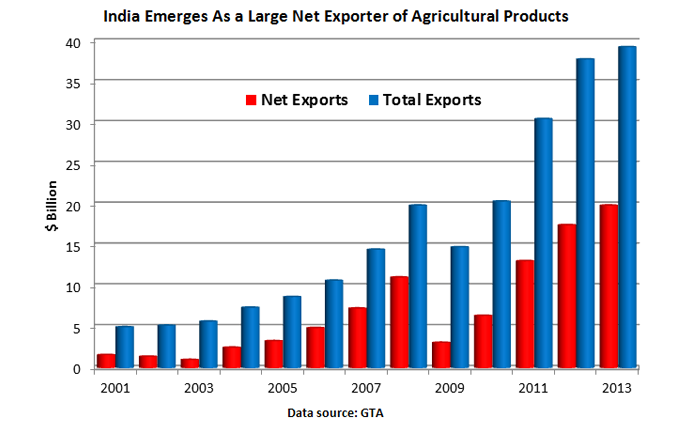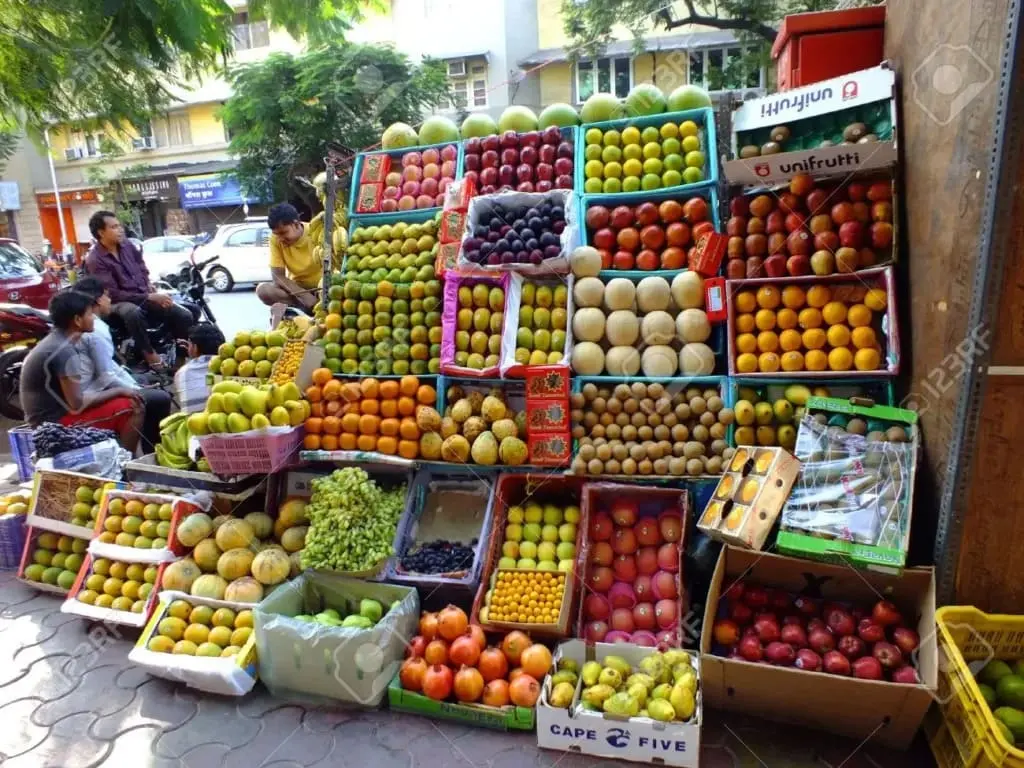India’s fruit exports: An overview
The Economic Survey 2020-21 identified agriculture as the sole bright spot amid the economic crisis triggered by the Covid-19 pandemic. The sector faced several adversities as the harvesting season clashed with the lockdown period. This led to a shortfall of working hands due to reverse migration and a shortage of logistic support. Despite all this, the agriculture sector clocked a growth of 3.4% in 2020-21, becoming the only sector that grew during the pandemic crisis.

A growth rate of 3.4% hardly reflects the potential of India’s agriculture sector. Though it managed impressive growth in some areas, the sector has been a major underachiever viz-a-viz its huge potential. For an agriculture powerhouse like India, it is necessary to have markets both within the country and abroad to help the farmers realise reasonable returns for their produce. A growing domestic market does provide decent returns on investment, but overseas markets and linkages with the global value chains can lift farmers’ incomes substantially.
Currently, the top 10 export commodities from agriculture and allied sectors are marine products, basmati rice, buffalo meat, spices, non-basmati rice, cotton, oil meals, sugar, castor oil, and tea. The list does not include horticulture products like fruits, vegetables, or dairy products for which India is among the top two producers. The supply chain management for such perishable products integrating producers, transporters, warehouses, processors, and distribution channels is vital to ensure that products are distributed at the right time with minimum wastage.
Unfortunately, the supply value chain management for fruits and vegetables has not received the attention of policy makers. It is found to be dependent on non-scientific modes of transportation and storage, leading to huge losses to farmers and consumers. The current supply chain also involves many intermediaries that corner a major share of profits. These issues need to be addressed systematically to achieve success in the global market.
India well placed to be a major player
India is the second-largest producer of fruits behind China, and also a front runner in production of bananas, papaya, mango, coconut, areca nut, and cashew nut in the world. In 2019-20, fruits production in India was estimated at 99.07 million tonne against an annual global production of 883 million tonne.

India’s share in global tropical fruit production is also impressive at 30%. According to FAO data, India has a meager 0.5% share in global trade, despite having a share of 10.9% in fruit production. This looks abysmal as about 9% of all fruits grown are traded globally. Currently, UAE, the Netherlands, Saudi Arabia, Bangladesh, the US, the UK, and Russia are the top destinations for Indian fruit exports.
The vast production base of fruits assisted by agrarian culture and diverse climate types offers India tremendous opportunities for exports. The total fruit production in the country has seen an impressive growth of 230% since 2001-02. However, the share of fruits in agriculture exports has been a modest 3-5% in recent years. The Agriculture Export Policy 2018 admits that India is unable to export its huge horticultural produce due to a lack of uniformity in quality, standardisation, and its inability to curtail losses across the value chain.
Fruits Production and Trade: Global scenario
In 1970s, the US was the largest producer of fruits with India and China holding fourth and fifth ranks. After 1985, China climbed up the ladder to become the largest producer of fruits. Today, China, India, Brazil, the US, and Mexico are the top five fruits producing countries, with China and India accounting for approximately 27% and 12% of global production in quantity terms.

Increasing per capita income, ensuring quicker transportation, improved preservation technologies, development of standards, and more and more free trade agreements between nations/ regions have led to substantial growth in the volume and range of fruits being traded globally. The total global fruit trade market has grown by an average of 75% over the last 10 years, increasing from 45 million tonne in 2010 to around 78 million tonne in 2019, much faster than other agricultural commodities. The four most significantly traded tropical fruits are bananas, pineapples, avocado, and mango. Interestingly, out of these four, India is the top producer of bananas and mangoes.
The global fruit trade has not only seen an increase in volumes and value, but the variety of fruits being traded has also grown creating more opportunities. The countries that benefitted from this trend are Mexico, Peru, Vietnam, Turkey, and Thailand. According to Fresh Plaza Asia, Southeast Asia is recording fast growth in the global fresh fruit market. The largest importers of fruits are the EU, the United States, and Japan. The US imports more than 50% of the fruits it consumes. In 2019, its import basket was worth $16.4 billion.
While avocados, bananas, and grapes are America’s three most popular imports, the other fruits imported into the US are pineapples ($714.4 million), lemons, limes ($691.9 million), guavas, mangoes ($658.2 million) and watermelons ($410.2 million). The countries geographically closer to the US namely Mexico, Chile, Peru, and Canada are the main sources. Interestingly, Vietnam is steadily expanding its presence in the US fruits market for mangoes.
The EU not only offers a large market for fruits, currently estimated at 15 million tonnes of fresh fruits annually, it also provides the exporters a stable market with high returns. The market has witnessed growing demand for fruits such as bananas, avocados, citrus fruits, mangoes, pineapples, and grapes. The demand is met through imports from Peru, South Africa, Morocco, Egypt and Mexico. India has also entered the EU market in recent years with a modest export value of $282 million in 2020-21, half of which came from grapes.
